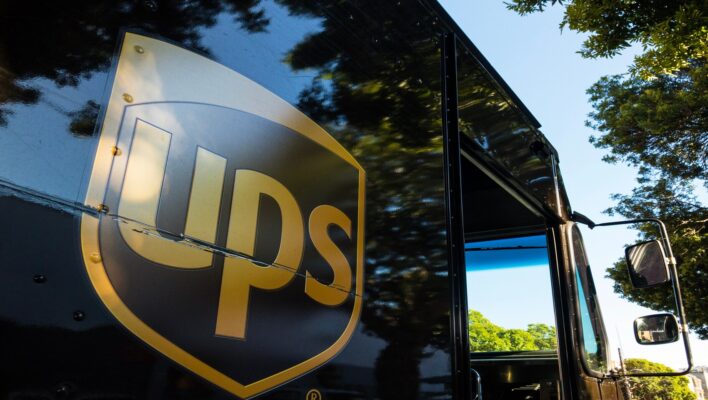Freight juggernaut UPS is shutting down facilities in three major locations in the US — as reality continues to bite for players in the logistics space.
In the last few days, the company has announced that it plans to lay off workers at distribution facilities in Wilmington, North Carolina, and Dallas, Texas, following similar moves in Pocahontas, Arkansas. The move forms part of a wider strategy to consolidate its existing presence and “reduce excess capacity,” according to Freight Waves.
The logistics sector is at an inflection point. We’ve spoken to hundreds of professionals who say they’ve been impacted by the ongoing labor shortage plaguing the industry, but other companies, like UPS, are in the process of downsizing and implementing automation to maintain productivity.
UPS Closing Three Distribution Sites
UPS plans to close three of its distribution centers as part of a program of consolidation, it has emerged. The logistics business has already shuttered one of its locations — in Pocahontas, Arkansas — and similar facilities in Dallas, Texas and Wilmington, North Carolina are set to follow.
As part of the closures, the company is also laying off dozens of staff. It recently notified the Texas Workforce Commission that it plans to release a total of 62 workers in the coming weeks, while it is unknown how many employees will be affected at either of the two other sites.
 This just in! View
This just in! View
the top business tech deals for 2025 👨💻
A company spokesperson, Karen Tomaszewski, told Freight Waves: “We are working to place as many employees as possible in other positions. We will work with those who may be impacted throughout the process to provide support.”
UPS Downsizing Forms Part of Wider Restructure
UPS has been quietly making layoffs and shutting facilities for a few months now. In early May, 99 workers at its Charlotte, North Carolina facility were let go, according to a notice filed with the North Carolina Department of Commerce. In July, meanwhile, it revealed it was going to imminently lay off 177 personnel and temporarily cease operations at a facility in New Orleans, Louisiana.
Announcing the news of the Dallas closure, Tomaszewski revealed that the news formed part of a wider “network reconfiguration,” which will see the elimination of 200 further sortation centers over the next five years. In place of employees, UPS will deploy automation to “improve productivity” across its networks.
UPS is also offering some of its drivers a voluntary separation package as it seeks to further curb its workforce. In April, the company signaled its intention to eliminate 20,000 front-line roles.
Industry Gearing Up For Autonomous Future?
The logistics sector is going through a tumultuous period, with big players like UPS forced to make difficult changes to their operating models, in part to accommodate advancements in areas like automation. Other firms, however, are struggling to reckon with uncertainty around tariffs and a hiring crisis.
As part of our latest report, Moving Goods With Fewer Hands, we spoke to 521 industry professionals, and 63% of them confirmed that their ability to recruit and retain drivers had either stagnated or worsened over the last year. Largely, this is due to a lack of qualified applicants, with 45% of businesses indicating that this was the biggest obstacle.
For a range of challenges related to both overstaffing and understaffing, automation has been heralded as a solution to the industry’s workplace woes. The technology certainly presents some compelling use cases, with warehouses among its biggest beneficiaries – and UPS seems to be getting ahead of the game.




